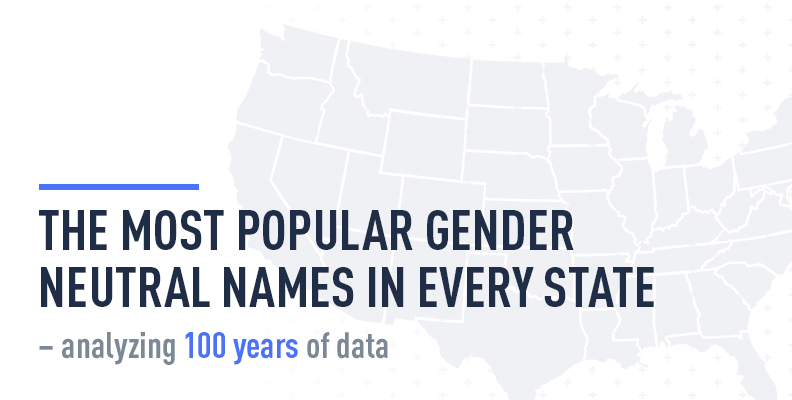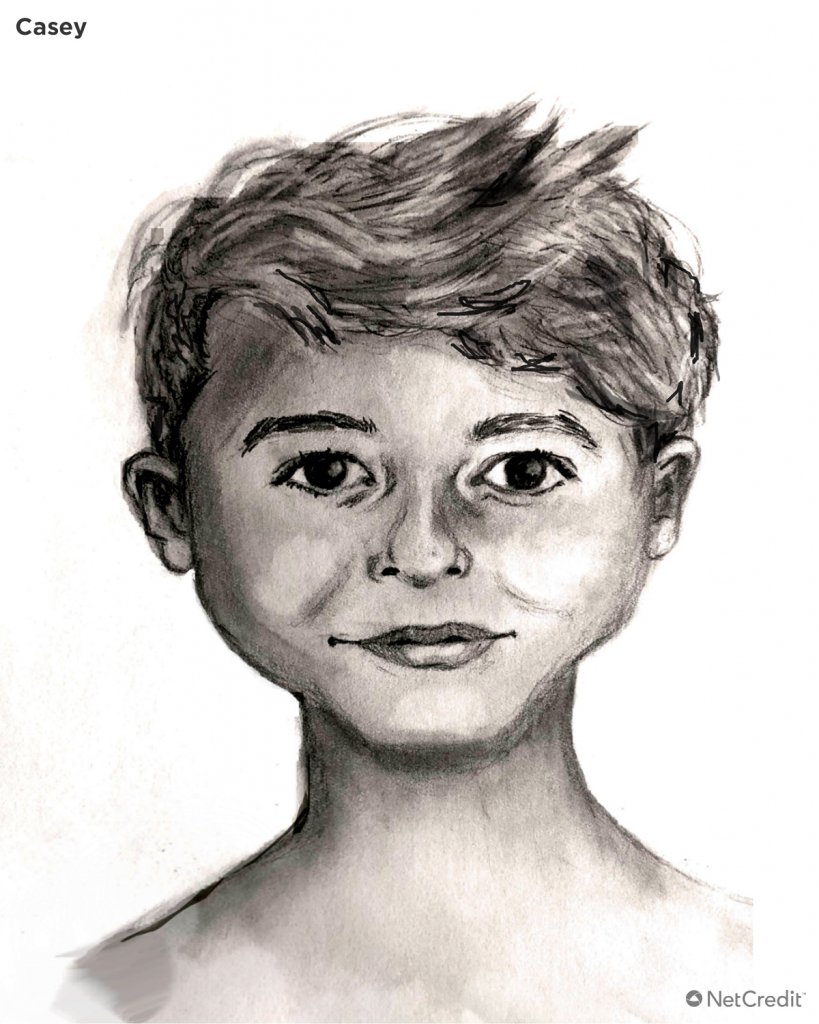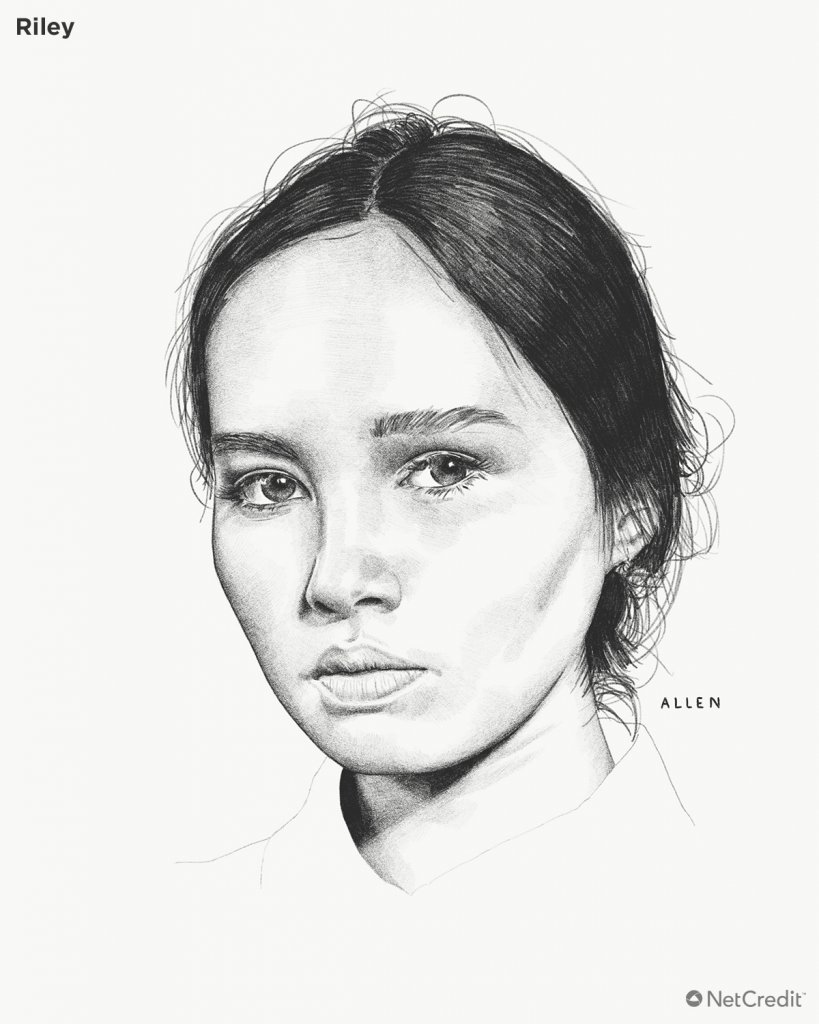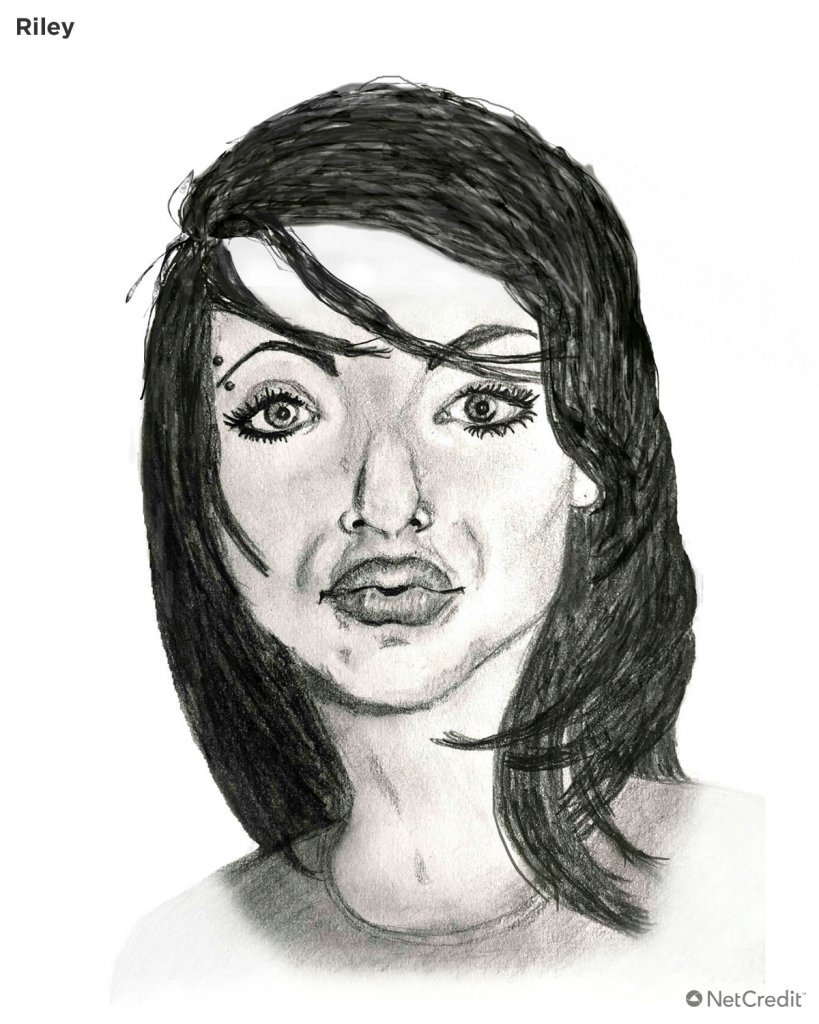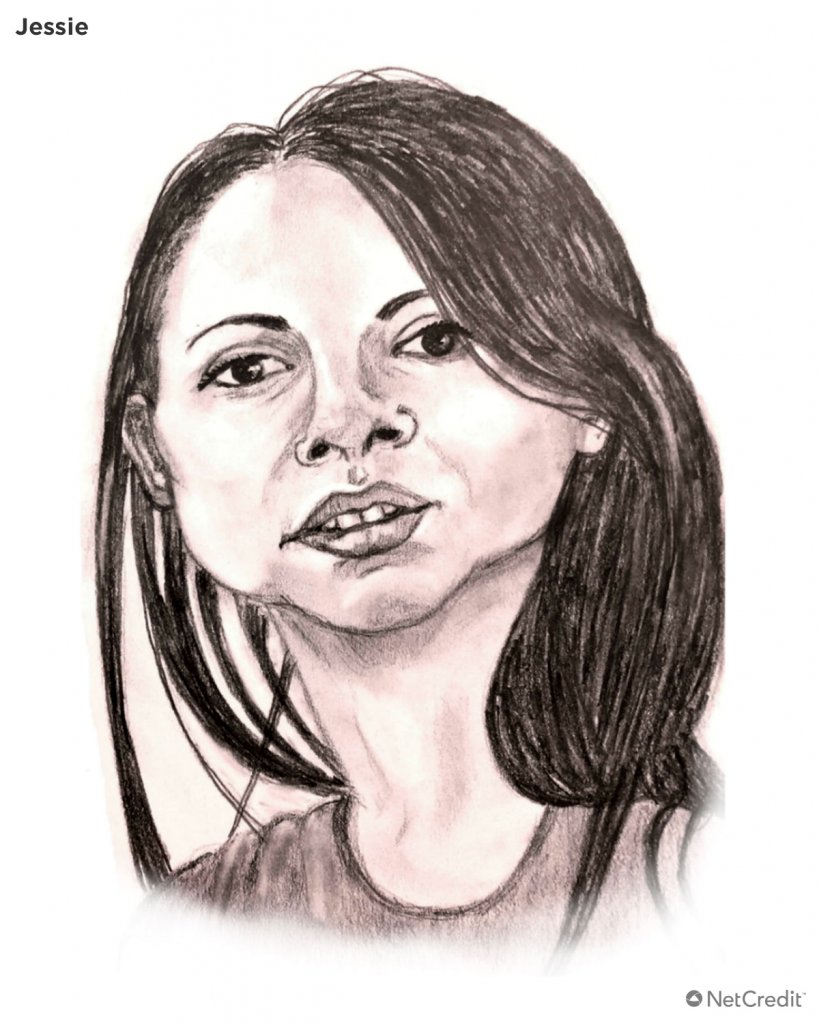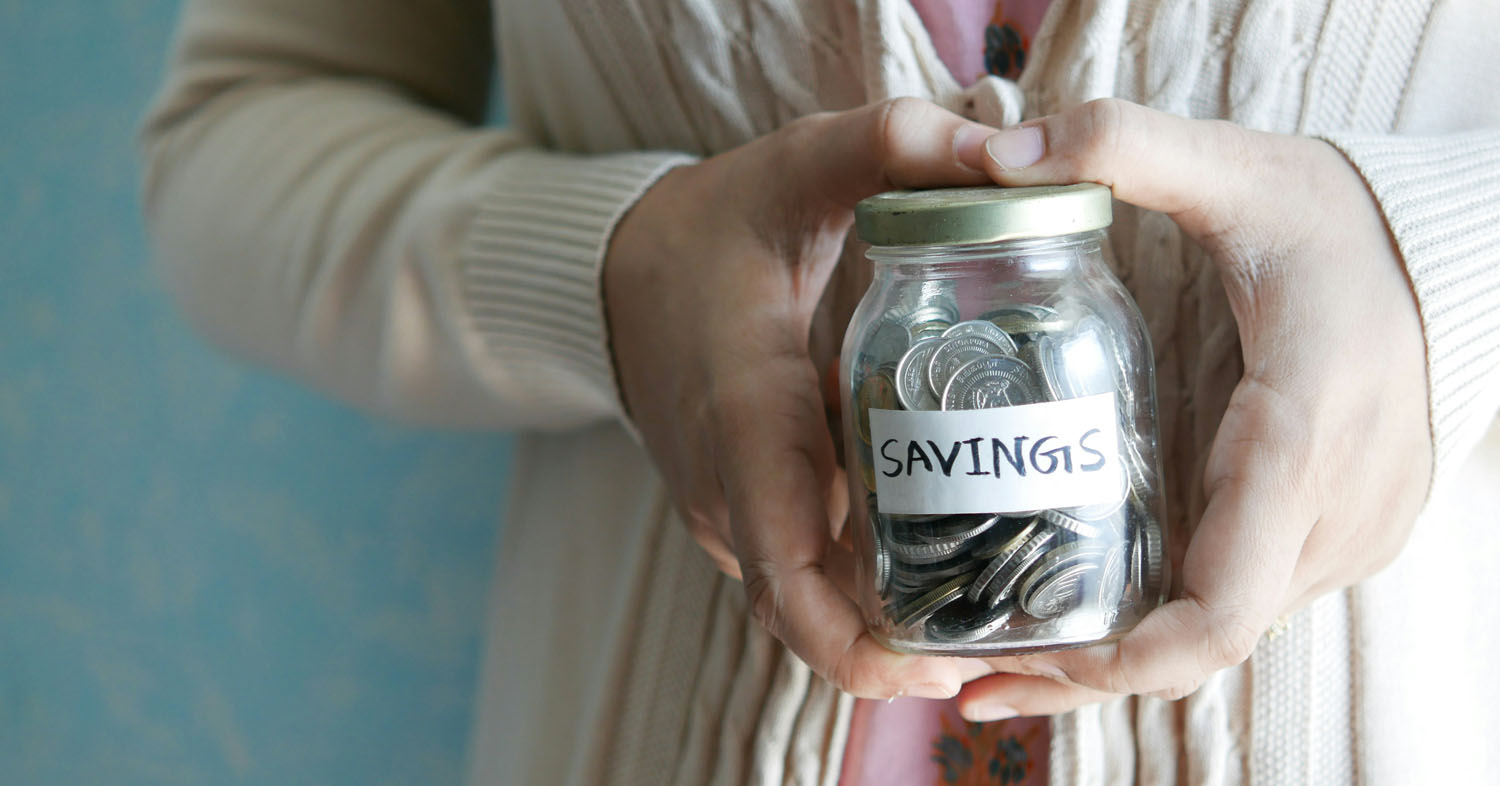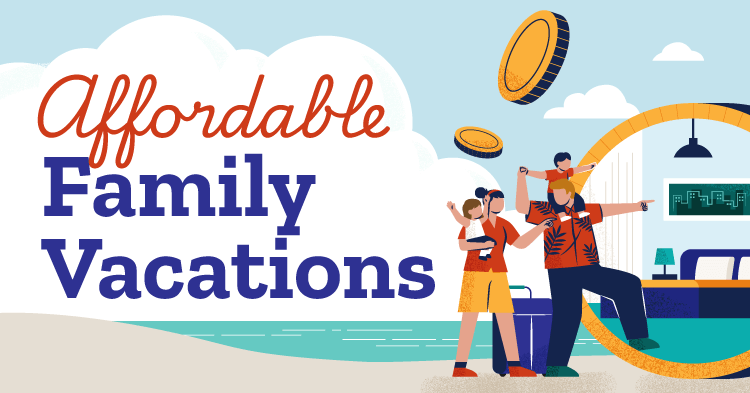Gender-neutral names are on the rise for babies – but the popularity of unisex first names is about far more than fashion.
Nearly 70,000 babies were given gender-neutral names in 2015. This is an increase of 60% over the preceding decade and an 88% rise since 1985. Today, gender-specific names may dominate the ‘Top Ten Names’ lists, but gender-neutral names are more broadly represented overall. In 2018, the traditionally boys’ name Harper pushed Abigail out of the top 10 girls’ names for the first time in 17 years.
Some of today’s young parents don’t want their children to conform to expectations of the old “boys climb trees and girls play with dolls” variety, so they choose to give their children a genderless name that comes free of any stereotypical baggage. Also, a gender-neutral name can benefit a person later in life by helping to offset some of the conscious and unconscious bias that still exists in the academic and business worlds.
Family identity comes into it too. The erosion of traditional expectations means 21st Century parents often choose names that have greater personal meaning. They may not be a traditional name at all – neither for girls or boys. Think of celebrity kids like Brooklyn Beckham, Journey River Green and Delta Bell Shepard.
But how might location affect name choice? To find out, we analyzed Social Security Administration data going back to 1910 to identify the changing trends in unisex names in the US. We then created an animated map visualizing the top gender-neutral names in every state.
A map of gender-neutral names in every state
The map below shows the most popular unisex name in each state over the past 100+ years. Blank spaces indicate that there was no data available for that state in that year. For the purposes of our study, we determined a gender-neutral name to be one given to at least 20% and at most 80% of each sex.
The winners? Casey, Riley and Jessie were the most common gender-neutral names in most states in most years since 1910. Casey was the most popular name on 414 occasions.


